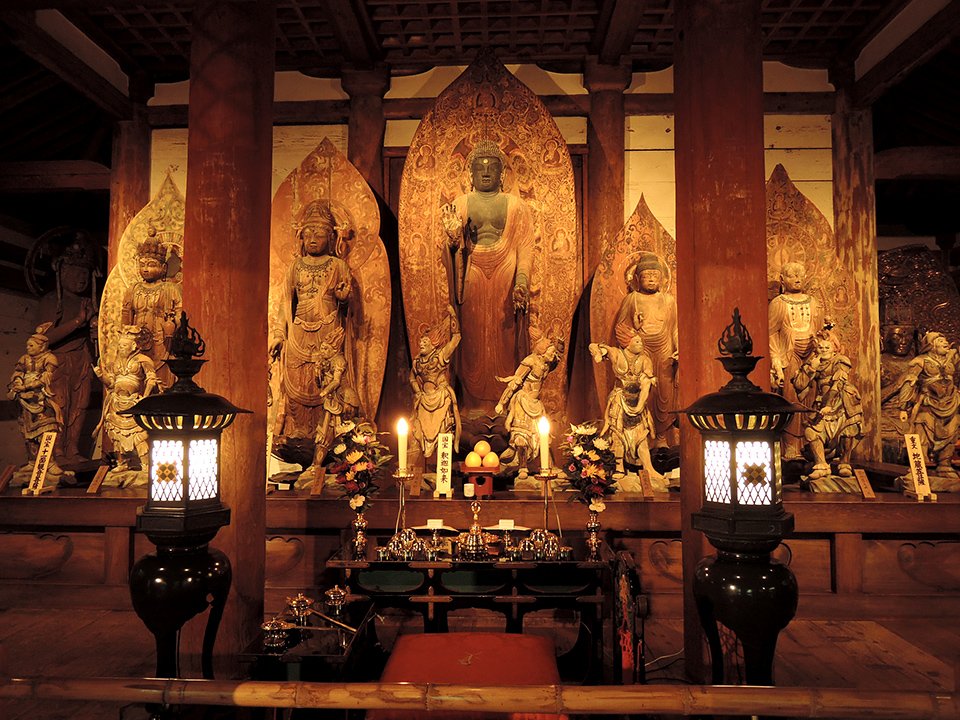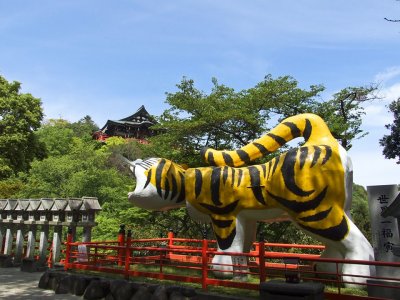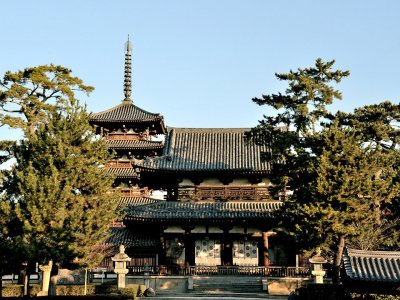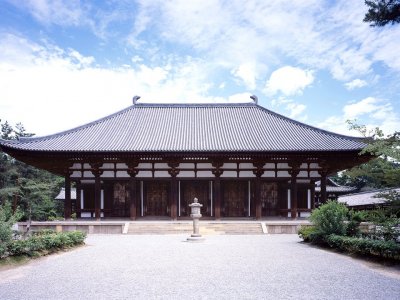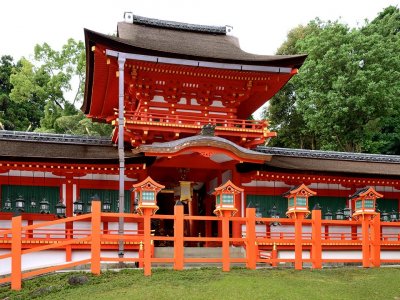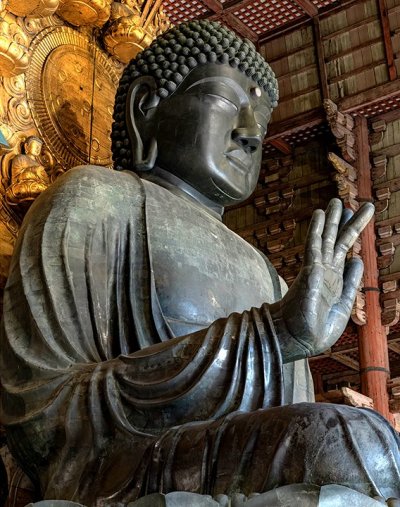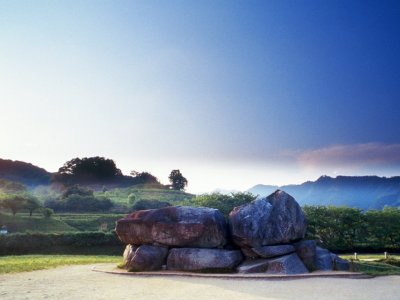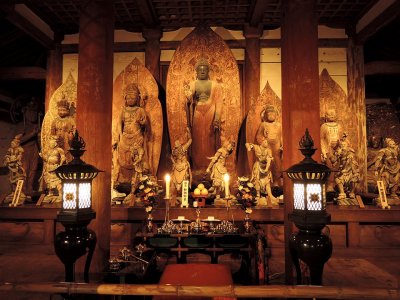About the facility
The temple was built at the end of the Nara Era by a Kofukuji temple priest Kenkei in a prayer for the Crown Prince (who later became Emperor Kanmu) to recover from an illness. The temple was in decline for a period of time but was rebuilt during the Genroku Period of the Edo Era. From around this time, the temple allowed women to visit, as opposed to Koyasan Kongobuji Temple, which banned women from entering despite being the same sect of Shingon Buddhism. For this reason, Murouji was called "Nyonin Koya," which means a Koya for women, attracting women worshippers. The temple's grounds boast many constructions and Buddhism art that have been designated as national treasures and important cultural properties. The temple is also famous for being adorned with blossoms of rhododendron and maple leaves.
Special offers of KANSAI RAILWAY PASS
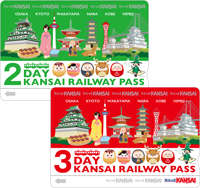
No special offers available
Access
- Closest stations/bus stops
-
Murouguchi Ono Station → (Nara Kotsu Bus No. 44 bound for Murou Ryuketsu Jinja) → Murouji, 500 yen
Bus fare separately required.
- KANSAI RAILWAY PASS Reference links
Map and information
Recommended places to visit in NARA
Areas you can travel to with KANSAI RAILWAY PASS
-
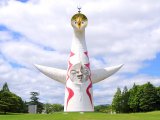
OSAKA
The most popular area in Kansai,
with many vibrant spots. -
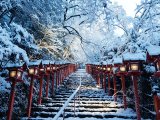
KYOTO
Kyoto is the place to visit if you want to enjoy traditional Japan.
-
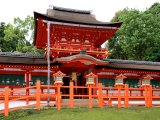
NARA
This is an area with many historic temples and shrines, as well as lots of nature.
-
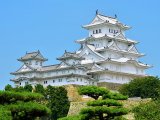
KOBE/HIMEJI
Kobe is a town surrounded by the ocean and mountains, while Himeji boasts Himeji Castle, a world heritage site.
-
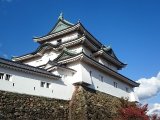
WAKAYAMA
It is renowned for world-heritage Koyasan.
-
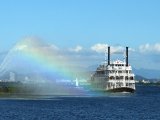
SHIGA
Visit Hieizan Enryakuji temple and Lake Biwa, the largest lake in Japan.
